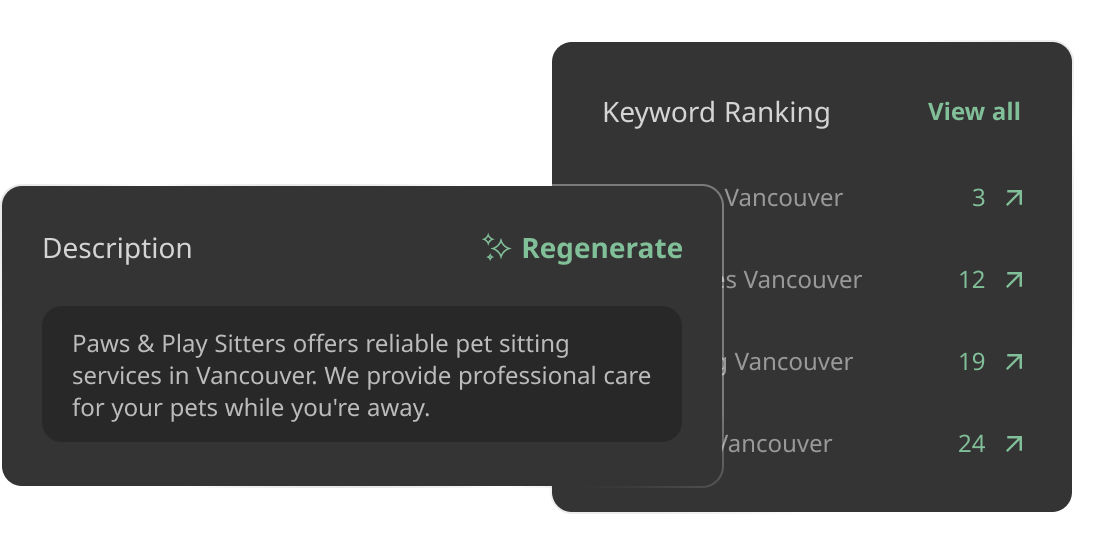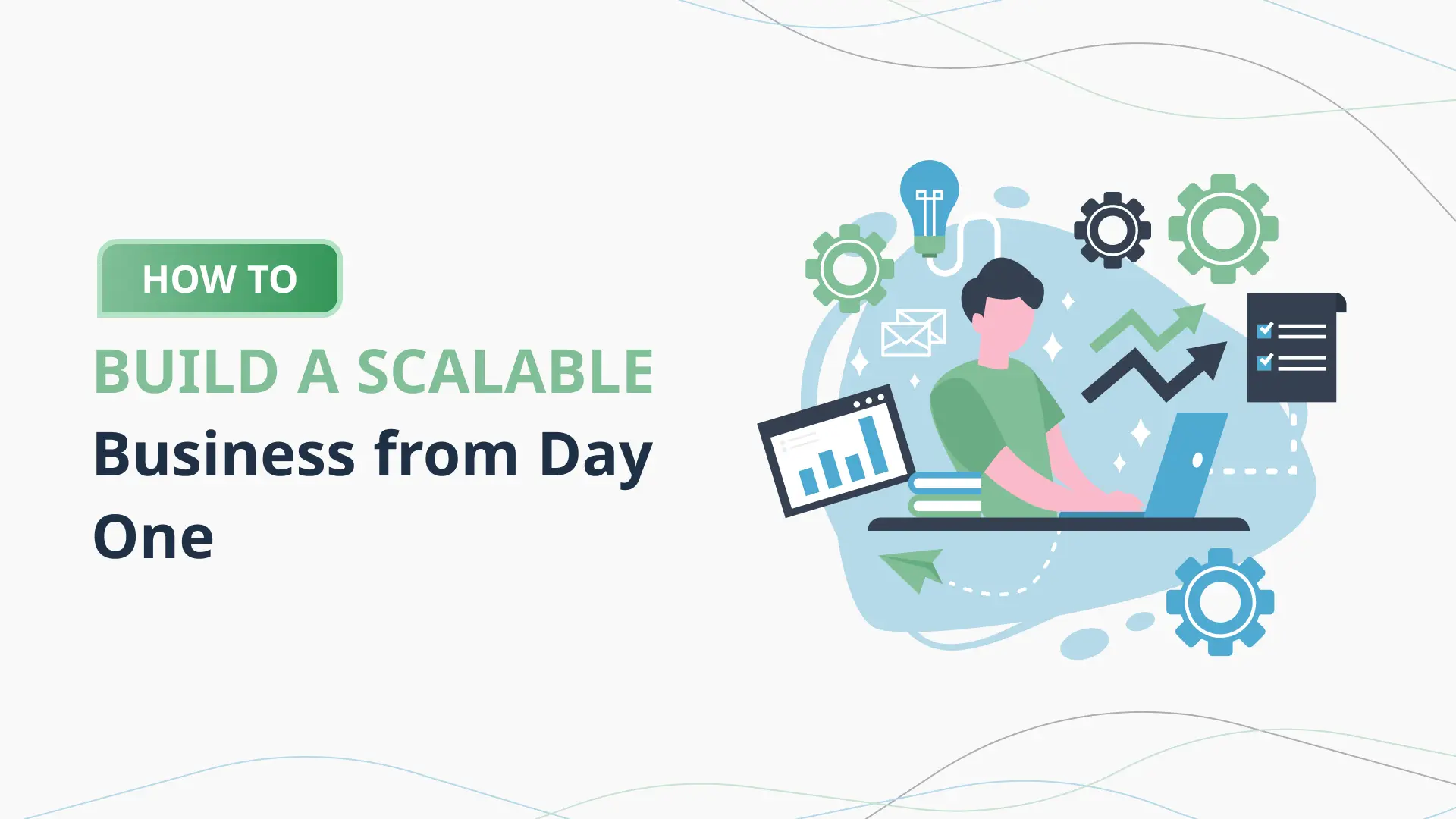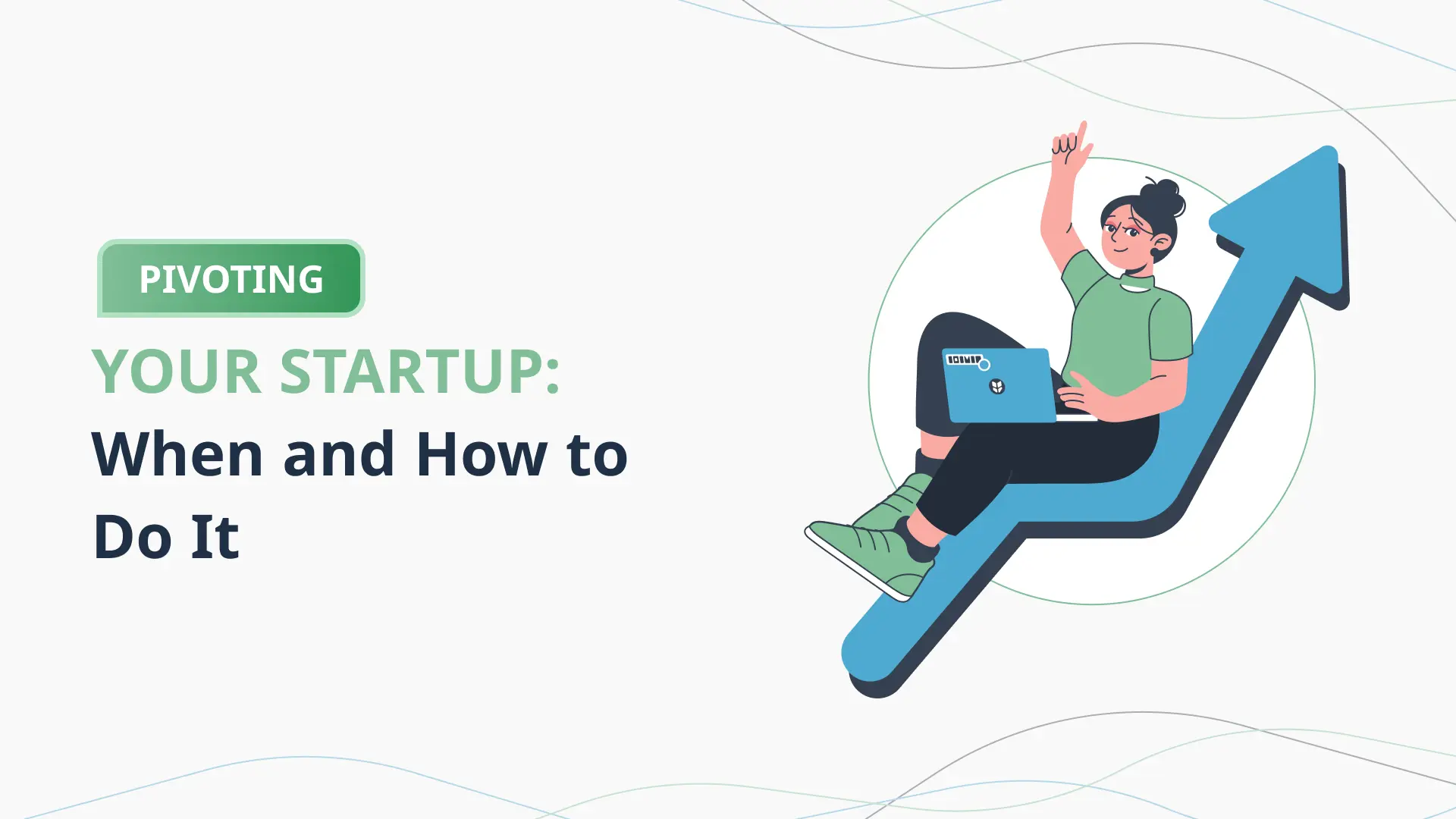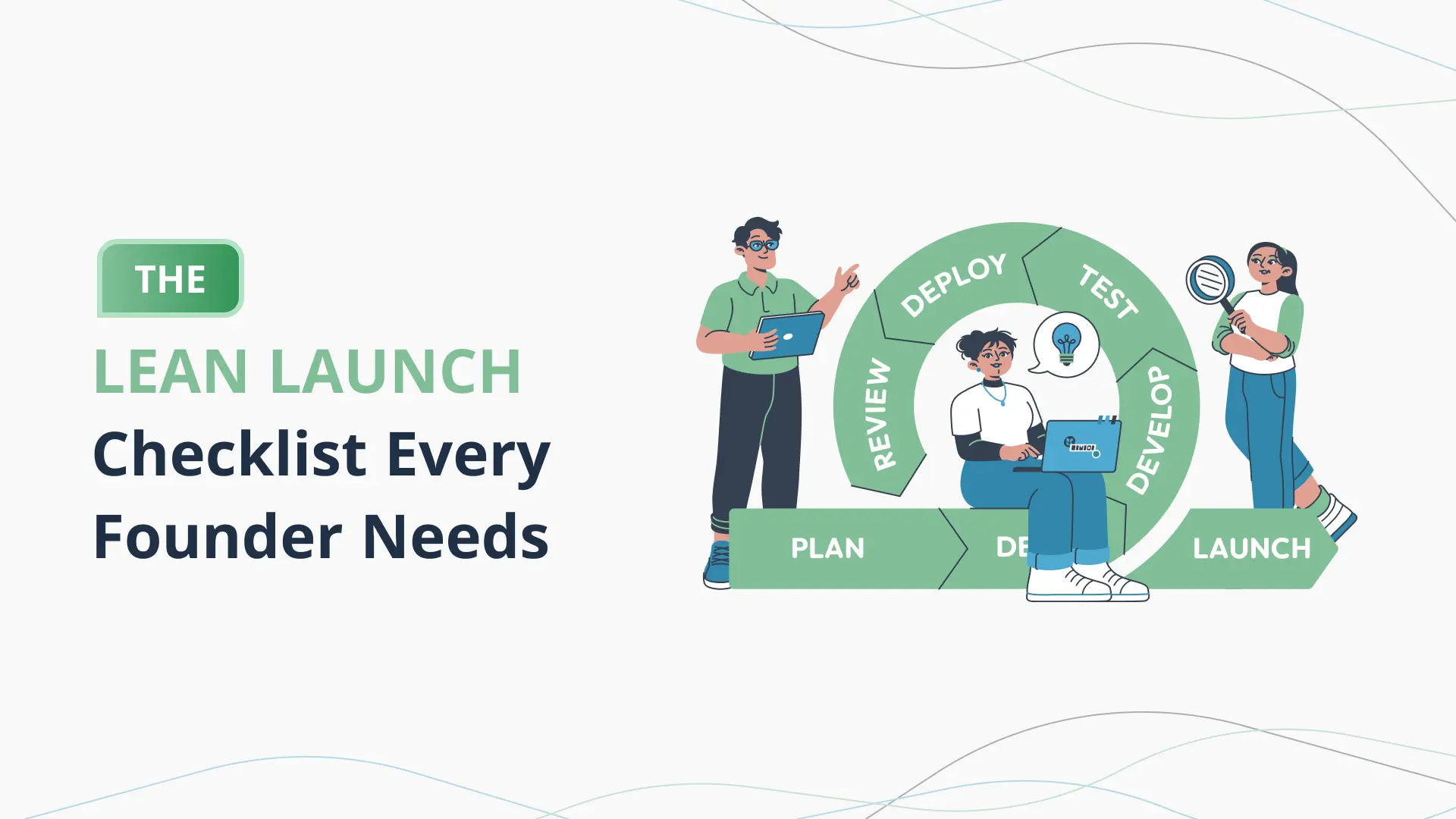What to Say When Investors Ask “What’s Your TAM?”
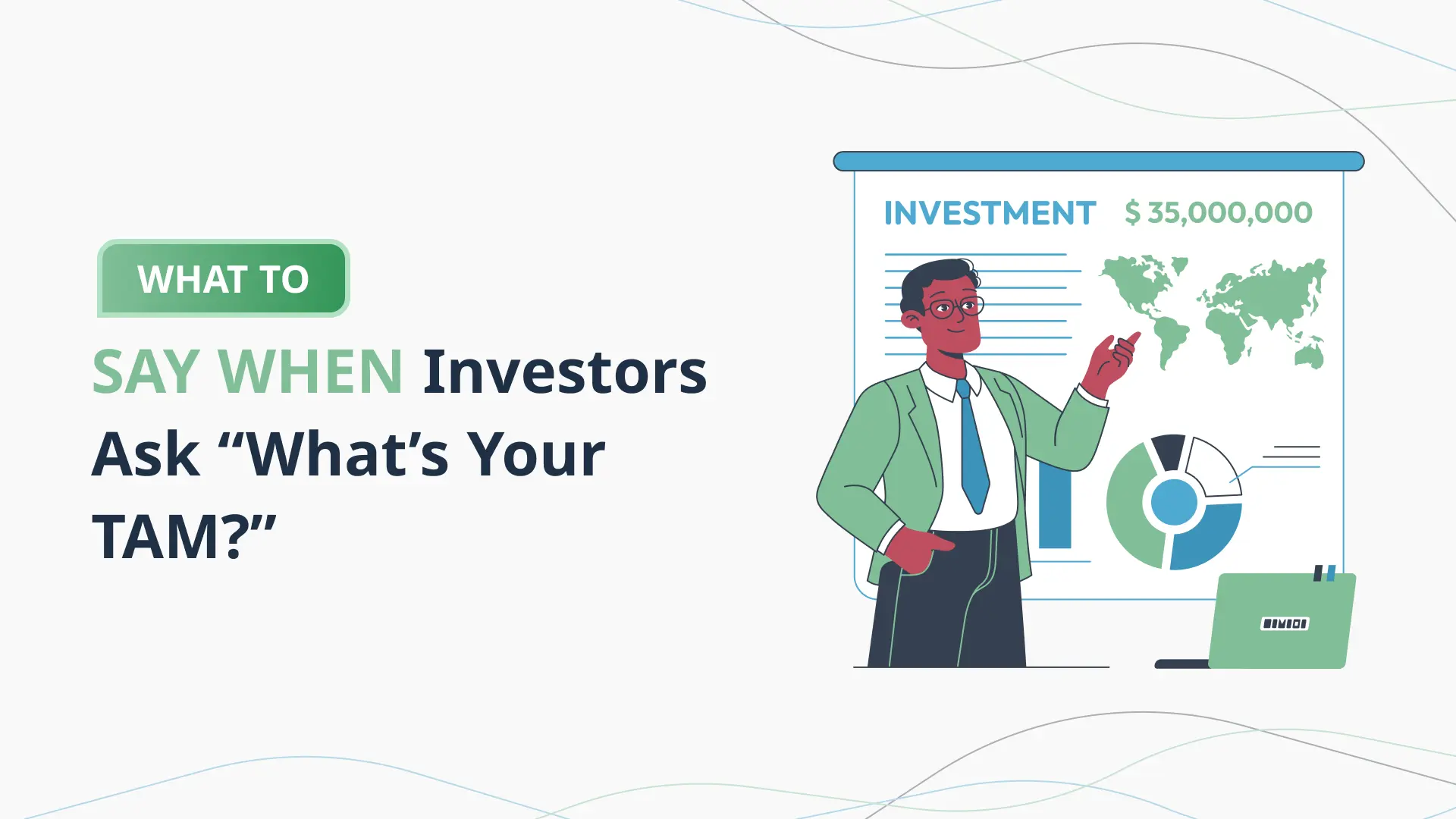
Introduction
If you’re in the early stages of building your startup, chances are you’ve been asked—or will soon be asked—the deceptively simple question: “What’s your TAM?” For many founders, especially first-time entrepreneurs, this question can feel like a pop quiz you didn’t study for. But understanding and articulating your Total Addressable Market (TAM) isn’t just a box to tick for investors. It’s a strategic lens through which you understand the scale of your opportunity, prioritize your go-to-market efforts, and make smarter product decisions.
Investors ask about your TAM because they want to gauge the potential return on their investment. Are you building a business that can scale into a billion-dollar company? Or is your market too narrow to support substantial growth? A compelling TAM answer shows that you’ve done your homework, that you understand your customer base, and that you’ve realistically assessed the market landscape. But more than that, it shows that you’re thinking strategically about how your startup will grow.
Calculating and presenting TAM doesn’t have to be overwhelming. With the help of an AI business plan tool like PlanVista, founders can generate clear, data-backed market estimates quickly. Whether you’re preparing for a pitch or refining your strategy, using a startup planning tool like the PlanVista app can save time and help avoid costly mistakes. PlanVista acts like a business plan generator, streamlining the TAM process and allowing you to focus on what really matters—building a product people want.
In this blog, we’ll break down what TAM really means, how to calculate it with confidence, what investors are really looking for in your answer, and how AI-powered tools can simplify the process. So when the question comes—and it will—you’ll be ready to knock it out of the park.
Understanding TAM, SAM, and SOM
When investors ask about your market size, they’re not just looking for a single number—they’re probing your understanding of the business landscape and your ability to think strategically. That’s where TAM, SAM, and SOM come in. These three acronyms are more than just buzzwords. They represent a framework that helps both you and your investors understand the scale and scope of the opportunity you’re chasing.
TAM—or Total Addressable Market—is the big-picture number. It answers the question: If every potential customer in the world bought your product, how much revenue would that generate? It’s the most optimistic view, often used to show the long-term potential of your startup. But it’s not just about ambition—it needs to be grounded in data. That’s why startups increasingly rely on AI business plan tools like the PlanVista app to validate these figures using credible sources and industry data.
Next is SAM, the Serviceable Available Market. This narrows things down a bit. SAM represents the portion of TAM you can actually reach based on your business model, geography, and product capabilities. For example, if you’ve created a fitness app designed for English-speaking users, your SAM would exclude non-English-speaking markets—for now.
Then we have SOM, or Serviceable Obtainable Market. This is the most realistic and practical estimate—it reflects what portion of the SAM you can capture in the short term, considering your current resources, competition, and go-to-market strategy. SOM is where your execution plan meets the realities of your startup’s current stage. While TAM shows your vision, SOM shows your grasp on what’s achievable now.
Here’s a quick example to illustrate: imagine you’re launching an AI-powered budgeting app for Gen Z. Your TAM could be all global Gen Z users with smartphones. Your SAM might be narrowed to English-speaking Gen Z users in North America. Your SOM would further narrow to those within a specific income bracket who are most likely to pay for a budgeting app—and whom you can effectively target with your current marketing budget.
Understanding the distinctions between these markets isn’t just a matter of semantics—it’s about aligning your startup’s growth potential with real-world constraints. It also demonstrates to investors that you’re not throwing around inflated numbers but instead approaching your business with rigor and thoughtfulness.
Using a startup planning tool like PlanVista can make this whole process easier. The PlanVista app doesn’t just generate numbers—it guides you through the logic behind each market estimate. It’s a business plan generator that helps you turn market data into compelling investor-ready insights, without spending weeks buried in spreadsheets and research.
So before you pitch, take the time to map out your TAM, SAM, and SOM. It’s more than an investor question—it’s a foundational step in building a startup that’s not just visionary, but viable.
How to Calculate Your TAM
Knowing your Total Addressable Market (TAM) is essential, but the next question is: how do you calculate it in a way that’s both convincing and credible? There’s no one-size-fits-all formula, but there are established methods and best practices that can guide you to a solid estimate. Investors aren’t expecting perfection—they want to see that you’ve approached the process thoughtfully and with a realistic mindset.
There are two main approaches to calculating TAM: the top-down and the bottom-up method.
The top-down approach starts with broad industry data, usually sourced from market research reports, government publications, or data aggregators. You take a large number—for example, “the global e-commerce market is worth $5 trillion”—and then segment it down based on relevance to your product. While this method is quick, it can also be misleading if not properly narrowed down. For instance, using broad market data without showing how your product realistically fits into that space can make your numbers look inflated. This is where many founders lose credibility during investor meetings.
The bottom-up approach is often more trusted by investors because it builds from actual customer behavior. You start with how many potential customers exist in your specific segment, then multiply that by your average revenue per user (ARPU). For example, if you sell a $100/month SaaS product and there are 50,000 businesses in your target market that could reasonably use it, your TAM would be $60 million annually. This method takes more effort, but the results are often more grounded and persuasive.
To make either method work, data integrity is key. That means using verified sources, making conservative assumptions, and clearly documenting how you arrived at your figures. This is where AI business plan tools like the PlanVista app become invaluable. The PlanVista app helps you plug in market data, customer assumptions, and revenue models to automatically generate detailed, transparent TAM calculations. It’s more than just a business plan generator—it’s a startup planning tool designed to help founders avoid guesswork and present figures that withstand scrutiny.
Another tip: don’t just stop at TAM. Show your TAM alongside your SAM and SOM to provide context and depth. It shows that you understand not just the opportunity, but also your current position within it. Bonus points if you can include sensitivity analysis—how changes in pricing, customer acquisition, or product features might impact your TAM over time.
Ultimately, calculating TAM is both an art and a science. You need solid numbers, yes, but also a compelling narrative that ties those numbers back to your startup’s vision. With the right tools, like PlanVista, and a disciplined approach, you can turn your TAM calculation from a question mark into one of the strongest parts of your investor pitch.
What Investors Want to Hear
When an investor asks about your TAM, they’re not just fishing for numbers—they’re trying to read between the lines. What they really want is insight into your strategic thinking, your understanding of the market, and your ability to scale. Your answer to the TAM question sets the tone for how serious and prepared you are as a founder. And it’s not just about how big the number is—it’s about how believable and thoughtful your explanation is.
Investors want to hear that your Total Addressable Market is large enough to support significant growth. If your TAM is too small, even if your startup performs exceptionally well, the returns might not justify the investment. But there’s a fine line here: a TAM that’s too large without a clear path to capturing a piece of it can come off as naive or overly ambitious. That’s why your TAM should be accompanied by a clearly articulated SAM and SOM. It’s one thing to say your TAM is $10 billion—it’s another to show how your current strategy realistically allows you to go after a $100 million slice of that market in the next three years.
It’s also important to link your TAM to real-world traction and customer insights. If you’ve already begun to acquire customers, use that data to validate your assumptions. For example, if you’re seeing strong demand from a certain vertical or demographic, use that insight to refine your SAM and SOM. This not only makes your pitch more credible but also reassures investors that your market understanding is grounded in reality.
Another thing investors look for is your growth vision. They want to know if your TAM can expand as your company evolves. Maybe you’re starting with a niche market, but your technology has broader applications. Maybe your pricing model opens doors to different customer segments over time. Demonstrating that your TAM is dynamic—not static—can be a powerful way to show long-term potential.
One of the smartest moves a founder can make is to use a robust startup planning tool like the PlanVista app to support their TAM analysis. The PlanVista app functions as an intelligent business plan generator, allowing you to simulate different market entry scenarios and assess how product changes or geographic expansion could impact your TAM. With a few inputs, you get an investor-ready summary that is both data-rich and easy to explain.
Ultimately, what investors want to hear is that you’re aiming big but building smart. A thoughtful TAM presentation shows you’re not just dreaming—you’re planning. And with tools like PlanVista by your side, you can turn complex market data into a compelling, confidence-inspiring story that investors want to be part of.
Mistakes to Avoid When Presenting TAM
Getting your TAM right can significantly strengthen your pitch, but getting it wrong? That can raise red flags and stall momentum with investors. It’s not just about the size of the market you’re claiming—it’s about the logic and strategy behind your numbers. And unfortunately, many startups fall into predictable traps that can undermine even the most promising ideas.
One of the most common mistakes is inflating the TAM without a clear rationale. It’s tempting to pull a massive industry number from a market research report and present it as your TAM. But if you’re launching a niche SaaS tool for independent financial advisors, referencing the entire global fintech market doesn’t just feel disconnected—it makes investors question your business judgment. Instead, they want to see a TAM that reflects your specific product, customer base, and market focus.
Another frequent misstep is failing to break down TAM into SAM and SOM. When you present a single large number without context, it leaves too many unanswered questions. Investors want to know how much of that market is realistically serviceable by your business model and how much you can actually capture in the near term. Omitting this breakdown can make your pitch feel incomplete or overly optimistic.
Then there’s the issue of vague assumptions. If you can’t explain how you got your numbers, you lose credibility fast. A strong TAM analysis includes clear assumptions—customer segments, pricing models, adoption rates—and references reputable data sources. Better yet, show your math. A simple equation can go a long way toward convincing investors that you’ve done your homework.
Consider this contrast: Startup A tells investors their TAM is $100 billion, citing a generic industry report, with no clear link to their offering. Startup B, on the other hand, explains their TAM as $1.2 billion based on a bottom-up analysis of their target market, with a clear path to capturing 5% of that in five years. Guess which one gets the second meeting?
Another overlooked pitfall is ignoring market dynamics. Markets evolve. Regulatory changes, consumer behavior shifts, and emerging technologies can reshape TAM quickly. A savvy founder stays on top of these trends and adjusts their estimates accordingly. That’s where tools like the PlanVista app shine. This AI-powered startup planning tool doesn’t just spit out numbers—it allows you to run scenarios, test assumptions, and model growth pathways, making your TAM analysis both adaptable and investor-friendly.
Finally, never treat TAM as a one-time task. It’s a living part of your business plan that should be revisited as you gather more data and refine your strategy. With the PlanVista app, updating your market estimates and generating a new business plan is quick and seamless—helping you stay ahead of the curve and pitch-ready at all times.
Avoid these common pitfalls, and your TAM won’t just pass investor scrutiny—it’ll become a compelling part of your startup story.
How AI Tools Can Simplify TAM Estimation
Estimating your TAM isn’t just a financial exercise—it’s a strategic one. And for many startup founders, especially those without a background in market research or financial modeling, it can feel overwhelming. You’re trying to build a product, manage a team, find customers—and now, you’re expected to be a data analyst, too? This is where AI-powered tools, especially a business plan generator like PlanVista, become a game changer.
In the past, calculating TAM often meant days or even weeks of poring over dense industry reports, building complex spreadsheets, and stress-testing every assumption. Not only was this process time-consuming, but it also left a lot of room for human error. Founders would either overshoot with unrealistic market sizes or underrepresent their potential by being too conservative or vague.
AI tools eliminate much of that friction. With a startup planning tool like the PlanVista app, you can input basic information about your business—what you sell, who you sell to, your pricing model, and target geographies—and instantly generate a detailed TAM analysis. The system draws from reliable data sources, builds logical market segmentation, and calculates projections in a way that’s easy to understand and explain to investors.
One of the most valuable features of using an AI business plan tool like PlanVista is its ability to model different scenarios. Want to see what your TAM looks like if you expand to a new country or add a new product tier? You can simulate it in seconds. This isn’t just helpful for investors—it’s a strategic asset for your own planning. You get to see not only where the biggest opportunities lie, but also which parts of your business model may need to evolve to unlock them.
Another underrated benefit is consistency. When you generate your TAM with PlanVista, that data flows into the rest of your business plan—your revenue projections, go-to-market strategy, and fundraising needs. This creates a unified story that aligns across your pitch deck, financials, and executive summary. And when investors see this level of coherence, it builds trust.
PlanVista isn’t just for first-time founders, either. Experienced entrepreneurs use it to save time and ensure accuracy. Whether you’re updating your business plan for a new funding round or revisiting your market assumptions after a pivot, the PlanVista app provides a streamlined, intelligent way to keep your strategy and data in sync.
In today’s startup environment, speed and clarity are everything. You can’t afford to spend weeks guessing at numbers or risk coming across as unprepared in front of investors. Tools like PlanVista give you the edge—accurate, insightful, and investor-ready TAM estimates in a fraction of the time. It’s not just about impressing investors; it’s about making smarter, faster decisions for your business.
Conclusion: Turning Your TAM Answer Into a Strategic Advantage
Answering the question “What’s your TAM?” isn’t just about satisfying investor curiosity—it’s a chance to show the depth of your market understanding, your strategic clarity, and your readiness to scale. A well-thought-out TAM does more than give a big number. It tells a story about your startup’s future, your customer base, and how you intend to capture value in the market. It’s a foundational element that, when done right, can become a strategic advantage in both fundraising and long-term planning.
But getting there takes more than just pulling data from a report. Investors have become increasingly savvy—they can spot a copy-paste estimate from a mile away. They want to see that you’ve tailored your TAM to your specific business model, that you’ve considered your serviceable market (SAM), and that you’ve mapped out what portion of that you can realistically capture in the near term (SOM). It’s not about perfection; it’s about credibility and vision.
If you’ve made it this far in your startup journey, chances are you already have a good instinct for your market. The key now is translating that instinct into numbers that stand up to scrutiny. That’s where tools like the PlanVista app shine. As an AI business plan tool, PlanVista helps streamline this entire process—from identifying your TAM to calculating your SAM and SOM, and even projecting revenue. It’s not just a business plan generator; it’s a startup planning tool designed for founders who want to move fast without cutting corners.
In today’s fast-paced fundraising environment, being able to articulate your TAM clearly and confidently can set you apart. It shows you’re not just dreaming big—you’re planning smart. And with PlanVista by your side, you don’t have to tackle that challenge alone. So whether you’re preparing your first pitch deck or revisiting your growth strategy, let tools like PlanVista help you build a market case that’s both compelling and credible.
FAQs
PlanVista is an AI business plan generator that helps startups create professional, data-driven business plans quickly.
PlanVista uses industry data and your inputs to provide accurate, tailored TAM, SAM, and SOM estimates.
Yes, it’s designed to support startups at any stage, especially those preparing to raise funding.
Absolutely, PlanVista lets you edit, refine, and tailor every section of your plan to fit your business.
No, PlanVista works for a wide range of industries and business models, not just tech.
